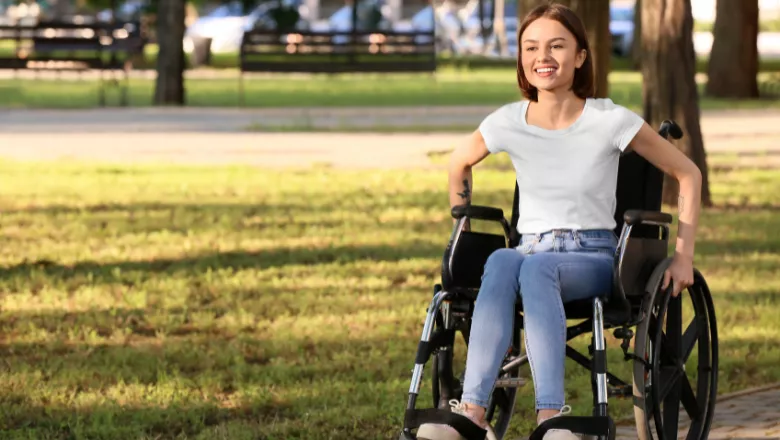[These results] are of great significance for the field of spinal cord research. Ventral spinal interneurons are an integral part of local spinal neural networks and a strategy to derive this cell type from human stem cells will undoubtably have an enormous impact on developmental studies, disease modelling and cell therapies in spinal cord research."
Federica Riccio, PhD student and second author
07 February 2023
Researchers develop new method for specialising and purifying human stem cells into interneurons
The innovative method has the potential to advance understanding and treatment of spinal cord injury

Injury to the spinal cord often leads life changing disability, with decreased or complete loss of sensation and movement below the site of injury. From drugs to transplantation, there are many scientific advances aiming to restore function following spinal cord injury.
One promising approach is the use of stem cell derived neurons to replace those damaged. New research from the Centre for Gene Therapy & Regenerative Medicine and Centre for Neurodevelopment at King’s College London hopes to improve on this approach by providing pure populations of neurons made from stem cells.
The spinal cord is a delicate structure, with neurons carry messages from your brain to the rest of your body to allow movement and sensation. Integral to this system are interneurons, or the cells that relay information between your brain and other neurons. Research has previously shown that transplanting a class of interneurons, ventral spinal interneurons, to treat spinal cord injury in animal models provides promising recovery of sensory and motor function.
However, the use of these interneurons in human transplantation or to study on a larger scale is made difficult by their limited number after isolation from embryonic spinal cord tissue. In addition, the many different types of interneurons fall into two main classes: inhibitory and excitatory. Excitatory interneurons are more promising for cell therapy, as they relay information, rather than suppressing it. To overcome this issue, large quantities of excitatory interneurons may be made from human stem cells.
The new paper in Scientific Reports outlines an effective method for growing and purifying populations of an early form of excitatory ventral spinal interneurons, known as progenitors. The method builds on decades of understanding of neuron development in the embryo, applying chemical factors that mimic this process to direct specialisation of embryonic stem cells to a mixed population of neuron cells. Amongst them, interneuron progenitors can be identified thanks to genetic alteration which labels a receptor on the cell surface. The cells with this label can then be isolated to achieve an incredible 95% purity. Following isolation, the cells are further matured in fully functioning ventral spinal interneurons.
Read the full paper 'Enrichment of human embryonic stem cell-derived V3 interneurons using an Nkx2-2 gene-specific reporter' in Nature Scientific Reports.

